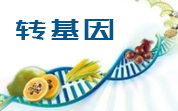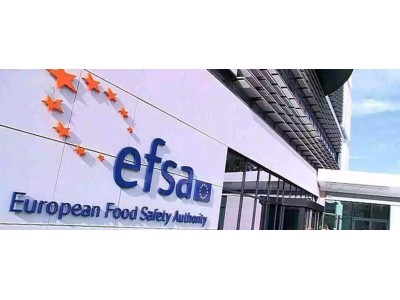据了解,这种食品酶是田�a href='//www.sqrdapp.com/news/tag_2434.html' class='zdbq' title='转基因相关食品资�? target='_blank'>转基囟�/a>荧光假单胞菌菌株PIC生产的,旨在用于通过脱胶生产精制食用脂肪和油、�/div>
经过评估,专家小组认为,在预期的使用条件下,不能排除饮食暴露引起过敏反应的风险,但这种可能性被认为很低。根据所提供的数据,评估小组得出结论,这种食品酶在预期使用条件下不会引起安全问题。部分原文报道如下:
The food enzyme phosphoinositide phospholipase C (1-phosphatidyl-1D-myo-inositol-4,5-bisphosphate inositoltrisphosphohydrolase EC 3.1.4.11.) is produced with the genetically modified Pseudomo
nas fluorescens strain PIC by DSM Food specialties B.V. The genetic modifications do not give rise to safety concerns. The food enzyme is free from viable cells of the production organism and its DNA. It is intended to be used in the processing of fats and oils for the production of refined edible fats and oils by degumming. Since residual amounts of the total organic solids are removed by the washing and purification steps applied during degumming, dietary exposure estimation and toxicity testing were co
nsidered unnecessary. A search for the similarity of the amino acid sequence of the food enzyme to known allergens was made and no matches were found. The Panel co
nsidered that the risk of allergic reactions by dietary exposure cannot be excluded, but the likelihood for this to occur is low. ba
sed on the data provided, the Panel co
ncluded that this food enzyme does not give rise to safety co
ncerns under the intended co
nditions of use.
本文由食品伙伴网食品资讯中心编辑,有任何疑问,请联系news@www.sqrdapp.com、�/span>
相关政策解读










 地区9�/font>
地区9�/font>

 欧盟评估转基因玉米MO
欧盟评估转基因玉米MO
 欧盟评估一种麦芽糖淀
欧盟评估一种麦芽糖淀 美国拟撤销若干肉类叉�/a>
美国拟撤销若干肉类叉�/a> 鲁公网安� 37060202000128叶�/a>
鲁公网安� 37060202000128叶�/a>



